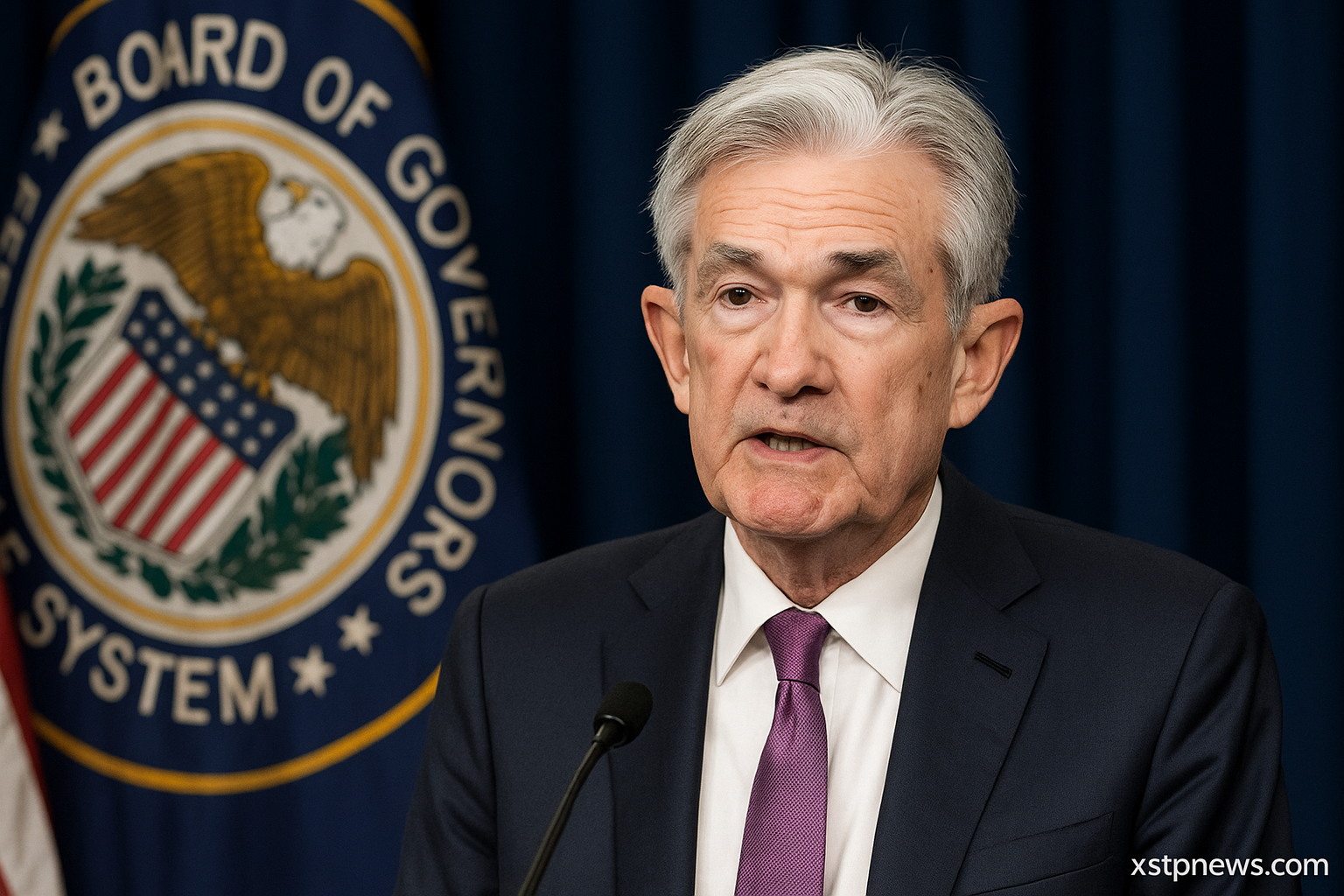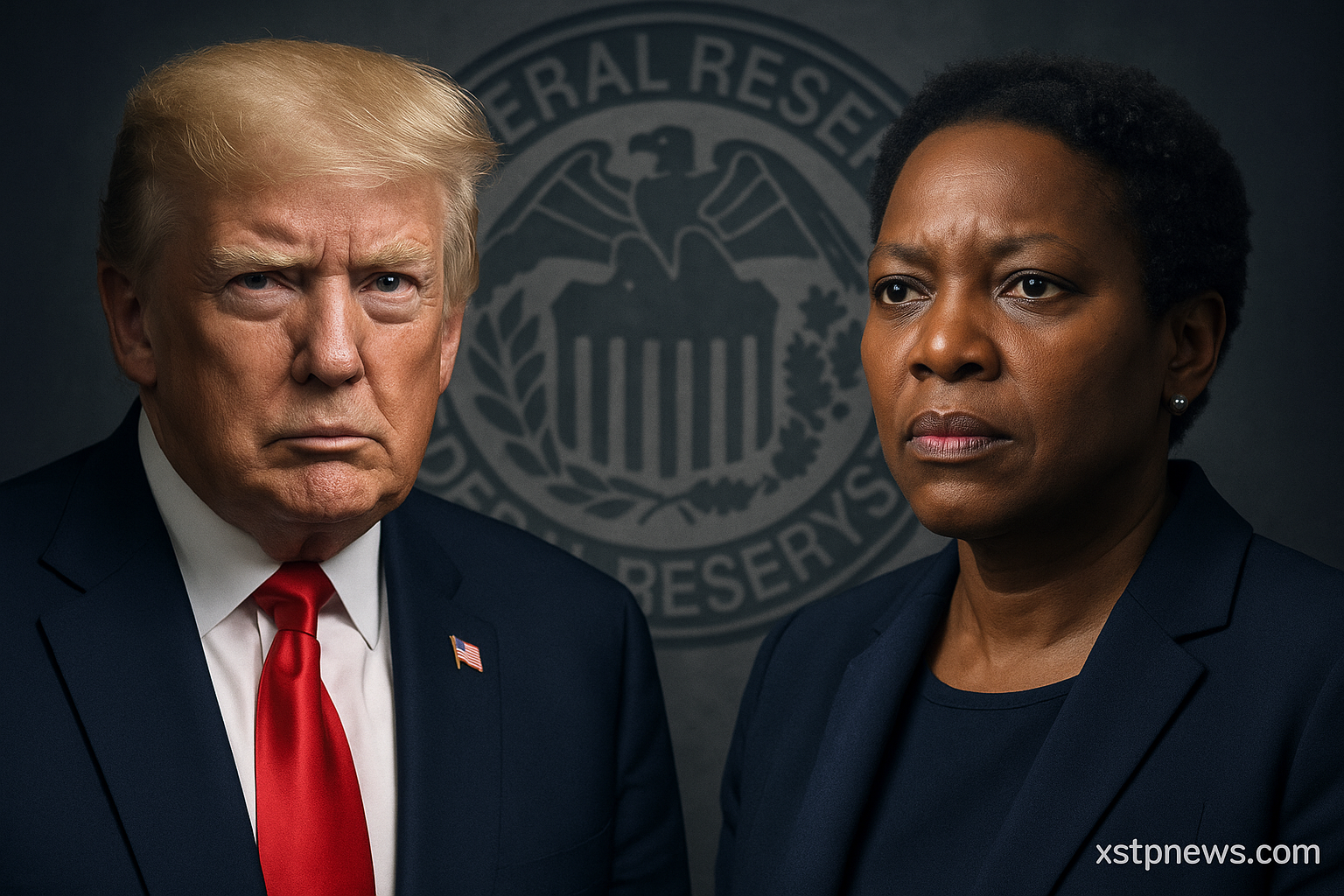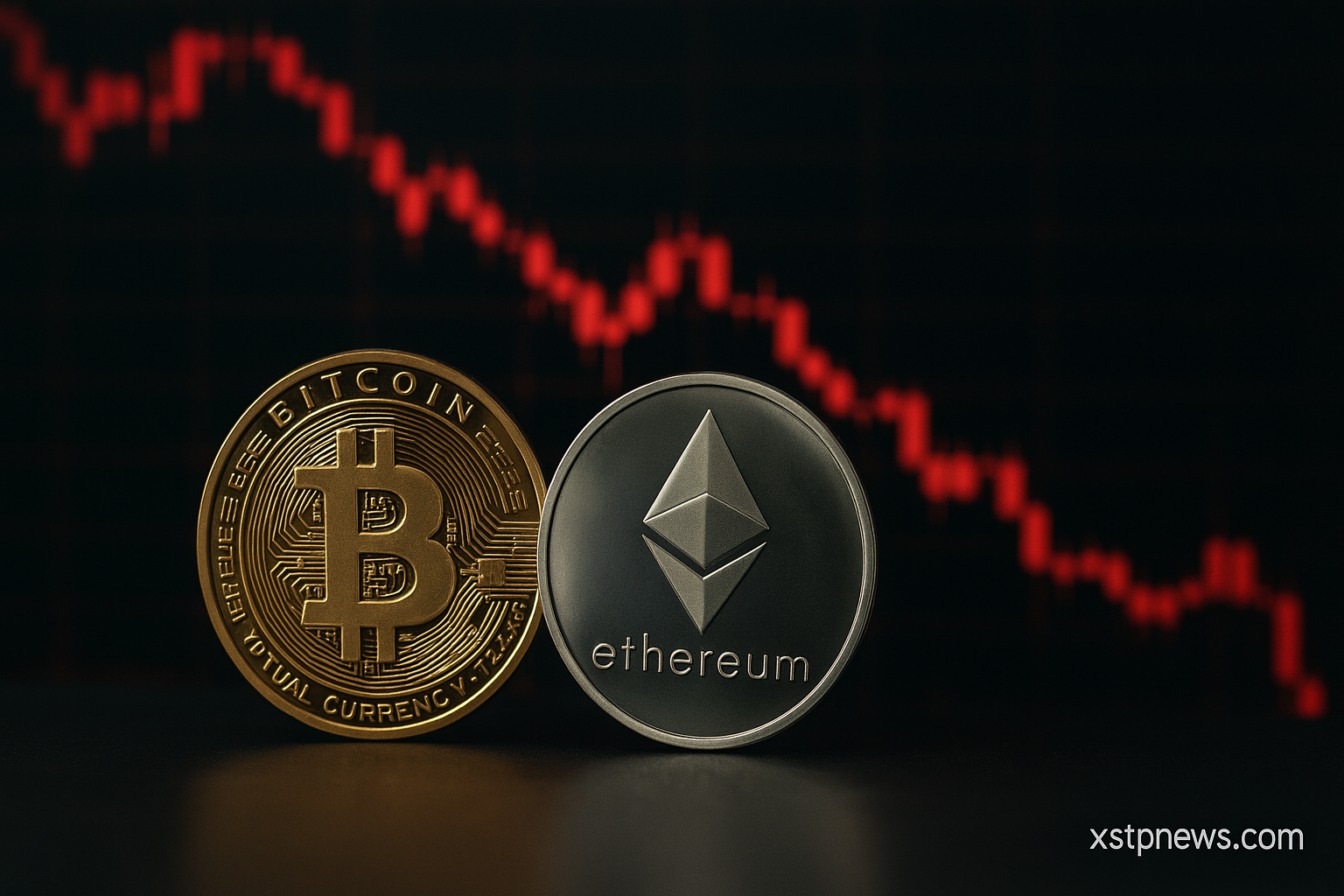The Federal Reserve left interest rates unchanged at 4.25%–4.50% during its July policy meeting, as officials weighed slower inflation, steady growth, and rising uncertainty ahead of the next economic cycle.
It was the fifth consecutive hold since December, reflecting a cautious stance amid conflicting signals. While GDP jumped 3% in the second quarter, the Fed emphasized that underlying demand remains uneven, and inflation is still above target.
The decision was not unanimous. Two board members Christopher Waller and Michelle Bowman voted to cut rates by 25 basis points. This marked the most internal dissent at the Fed since 1993 and underscored the growing divide over how soon to ease policy.
In the official statement, the Fed removed language that previously suggested uncertainty was diminishing. Instead, it warned that “elevated uncertainty remains”, reinforcing a more defensive tone. Officials highlighted that job gains are solid, but core inflation is only gradually cooling.
During the post-meeting press conference, Chair Jerome Powell called the current policy “modestly restrictive” and suitable given inflation risks. He stated clearly that no decision has been made for September, and that future moves will depend entirely on incoming data.
Powell also addressed recent price pressures from tariffs, noting that some categories of goods are starting to reflect the impact. Still, he emphasized that it’s too early to determine the persistence of those effects.
On housing, Powell pushed back on criticism that the Fed is causing the crisis, saying mortgage rates are indirectly influenced and that the true constraint is structural: a lack of housing supply.
He also warned that potential budget cuts to federal statistical agencies could impair the Fed’s ability to assess the economy accurately, calling data quality a foundational pillar of monetary policy.
Markets reacted cautiously. Treasury yields edged higher, and the probability of a September rate cut fell below 50%. Traders are now split on whether the first move will come in Q4 or in early 2026.
source: FederalReserve.gov, Reuters, WSJ, Business Insider, MarketWatch







